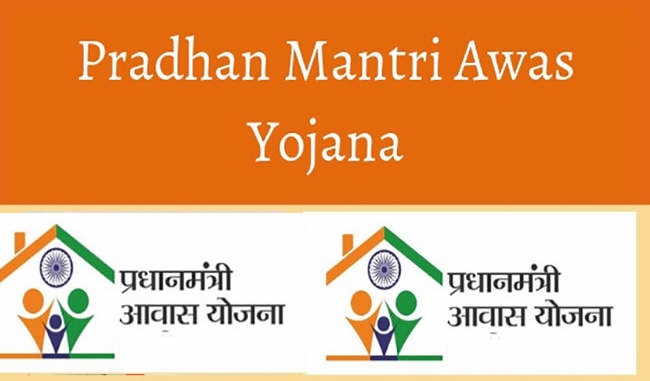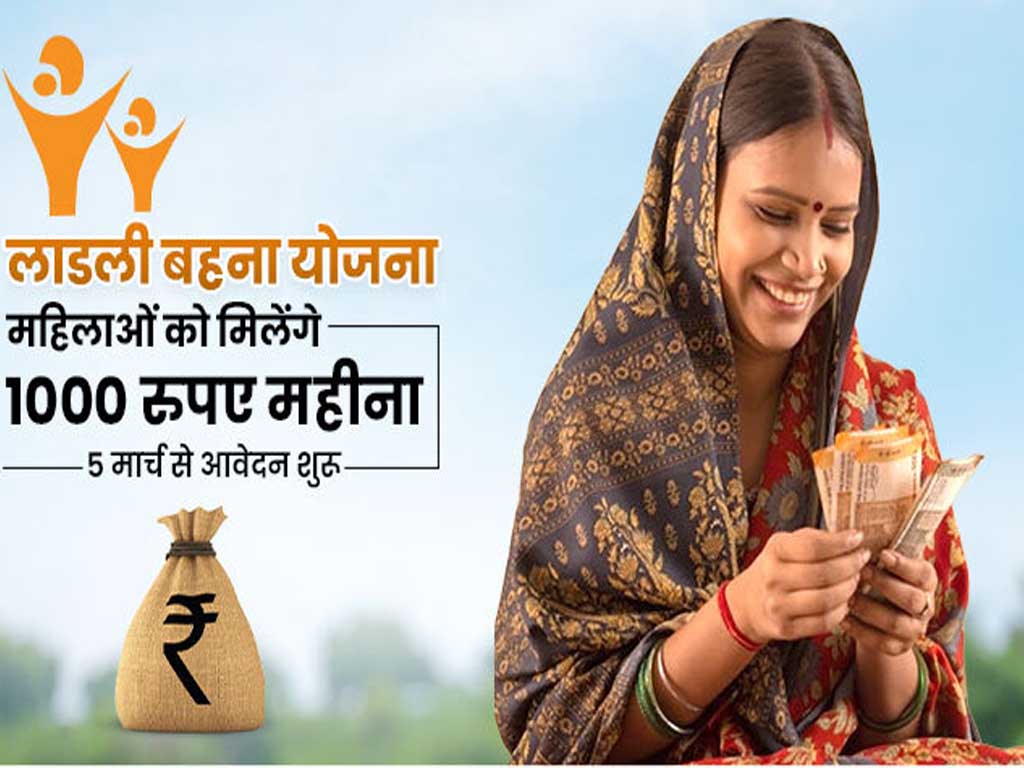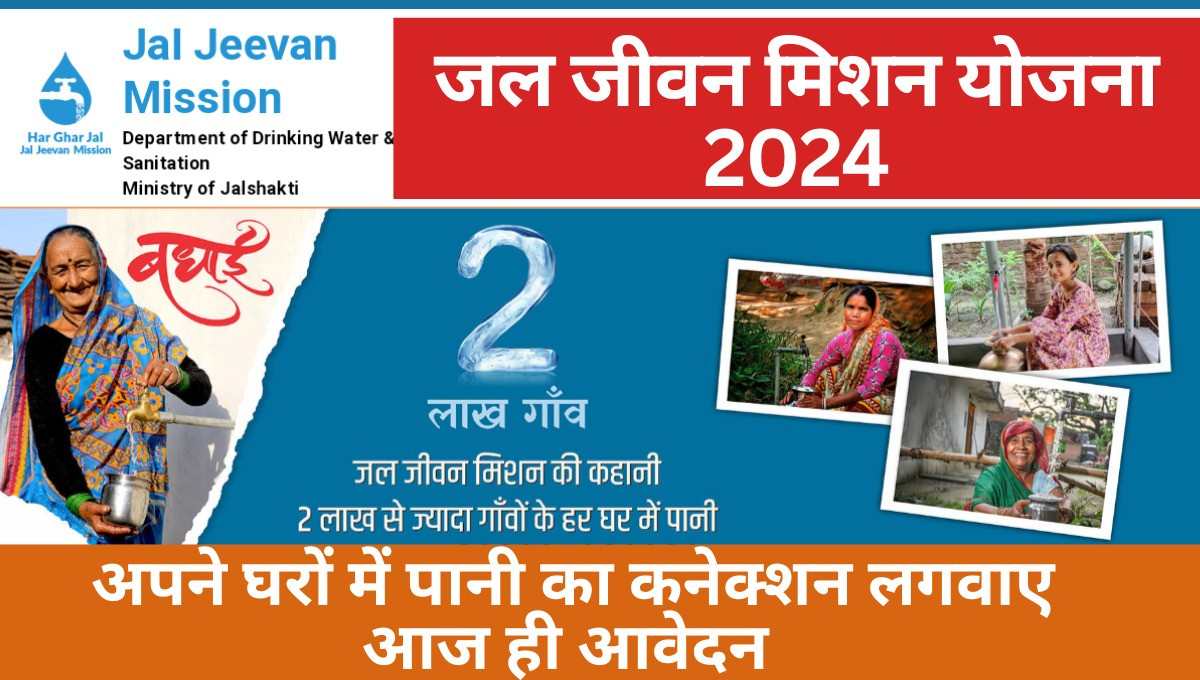Introduction
Overview of Pradhan Mantri Awas Yojana
Pradhan Mantri Awas Yojana (PMAY) is a flagship initiative by the Government of India aimed at providing affordable housing to all citizens by 2022. Launched in 2015, PMAY seeks to address the housing needs of the urban and rural poor by offering financial assistance and subsidies for home construction and renovation.
Importance of Affordable Housing
Affordable housing is crucial for the socio-economic development of a country. It not only provides a safe and stable environment for families but also promotes economic growth and social inclusion. Access to affordable housing can significantly improve the quality of life for the poor and marginalized sections of society.
Background of Pradhan Mantri Awas Yojana
Launch and Objectives
PMAY was launched by Prime Minister Narendra Modi in June 2015. The primary objective of the scheme is to provide “Housing for All” by the year 2022. It aims to construct 20 million affordable houses for the urban poor, including Economically Weaker Sections (EWS), Low-Income Groups (LIG), and Middle-Income Groups (MIG).
Target Audience
The scheme targets both urban and rural poor households, focusing on women, Scheduled Castes (SC), Scheduled Tribes (ST), and other marginalized groups. By addressing the housing needs of these sections, PMAY aims to promote social equality and economic empowerment.
Eligibility Criteria
Income Criteria
Eligibility for PMAY is based on the annual income of the household. EWS households with an annual income up to ₹3 lakh, LIG households with an annual income between ₹3 lakh and ₹6 lakh, and MIG households with an annual income between ₹6 lakh and ₹18 lakh are eligible for the scheme.
Identification Requirements
Applicants need to provide valid identification documents, including Aadhaar card, PAN card, and income certificate. These documents help verify the applicant’s eligibility and ensure that the benefits reach the intended recipients.
Other Requirements
Apart from income and identification criteria, the applicant should not already own a pucca house in their name or in the name of any family member. This ensures that the benefits are extended to those who are genuinely in need of housing.
Application Process
Steps to Apply
The application process for PMAY is straightforward. Interested individuals can apply online through the official PMAY website or offline by visiting Common Service Centers (CSCs) and submitting the required documents.
Required Documents
Applicants need to submit several documents, including proof of identity, proof of residence, income certificate, and Aadhaar card. These documents help verify the applicant’s eligibility and facilitate the provision of housing benefits.
Benefits of the Scheme
Housing Benefits
One of the primary benefits of PMAY is the provision of affordable housing to the urban and rural poor. The scheme offers financial assistance and subsidies for home construction, renovation, and improvement, ensuring that every family has a safe and secure place to live.
Economic Benefits
By promoting homeownership, PMAY stimulates economic growth and creates job opportunities in the construction sector. The scheme also enhances the economic stability of families by reducing their expenditure on rent and providing them with a valuable asset.
Social Benefits
Access to affordable housing improves the quality of life and promotes social inclusion. It empowers women, marginalized communities, and economically weaker sections, fostering a sense of dignity and social security.
Implementation and Distribution
Allocation of Houses
Under PMAY, houses are allocated based on a transparent process that prioritizes the most deserving and needy applicants. The scheme ensures equitable distribution of housing benefits across urban and rural areas.
Role of Central and State Governments
The successful implementation of PMAY involves close coordination between the central and state governments. While the central government provides financial assistance and policy support, state governments are responsible for the identification of beneficiaries and the execution of housing projects.
Impact on Urban and Rural Areas
Urban Housing
In urban areas, PMAY focuses on the redevelopment of slums, construction of new affordable housing units, and credit-linked subsidies for home loans. The scheme aims to address the housing shortage in rapidly growing cities and improve living conditions for urban poor families.
Rural Housing
In rural areas, PMAY targets the construction of new houses and the improvement of existing ones. The scheme ensures that rural households have access to basic amenities like sanitation, water supply, and electricity, contributing to overall rural development.
Challenges and Criticisms
Common Issues
Despite its success, PMAY faces several challenges, including land availability, high construction costs, and delays in project implementation. There are also concerns about the quality of construction and the adequacy of financial assistance provided to beneficiaries.
Government Response
The government has been proactive in addressing these challenges by introducing reforms and increasing budget allocations for PMAY. Efforts are being made to streamline the application process, enhance transparency, and ensure timely delivery of housing benefits.
Comparison with Other Housing Schemes
Comparison with Indira Awas Yojana
Indira Awas Yojana (IAY) was a rural housing scheme launched in 1985, aimed at providing housing for BPL families in rural areas. PMAY builds on the foundation of IAY, expanding its scope to include both urban and rural areas and introducing new features like credit-linked subsidies and enhanced financial assistance.
Comparison with Rajiv Awas Yojana
Rajiv Awas Yojana (RAY) was an urban housing scheme launched in 2009, focusing on slum redevelopment. While RAY aimed to make cities slum-free, PMAY adopts a more comprehensive approach by targeting the housing needs of both urban and rural poor and promoting inclusive growth.
Government Support and Initiatives
Financial Support
The government provides substantial financial support under PMAY, including interest subsidies for home loans and grants for house construction. This financial assistance makes housing affordable and accessible for economically weaker sections.
Policy Support
PMAY is backed by strong policy support, including regulatory reforms and incentives for private sector participation. The scheme encourages public-private partnerships to accelerate the construction of affordable housing units.
Success Stories
Case Studies
Several success stories highlight the positive impact of PMAY on the lives of beneficiaries. For instance, the construction of affordable housing units in Mumbai’s slum areas has significantly improved living conditions for thousands of families.
Testimonials
Beneficiaries of PMAY have shared their experiences, expressing gratitude for the scheme’s support. Many women have emphasized how the scheme has empowered them by providing ownership rights and improving their socio-economic status.
Future Prospects
Potential Improvements
To enhance the effectiveness of PMAY, the government could consider increasing the number of housing units, enhancing financial assistance, and addressing challenges related to land availability and project implementation.
Expansion Plans
The government aims to expand the reach of PMAY to cover all eligible households, ensuring that every Indian family has access to affordable housing. Continuous efforts are being made to improve the scheme’s coverage and impact.
Also check out : PM Rojgar Yojana: Driving Employment Opportunities in India
Conclusion
Summary of Benefits
Pradhan Mantri Awas Yojana is a transformative initiative that provides affordable housing to millions of families, improving their quality of life and promoting socio-economic development.
Final Thoughts
PMAY is a shining example of how government initiatives can significantly improve the lives of the poor and marginalized sections of society. Continuous efforts to address challenges and expand the scheme promise a brighter future for India’s urban and rural poor.

FAQs (Frequently Asked Questions)
- What is Pradhan Mantri Awas Yojana? Pradhan Mantri Awas Yojana is a government scheme aimed at providing affordable housing to all citizens by 2022, focusing on urban and rural poor households.
- Who is eligible for PMAY? EWS households with an annual income up to ₹3 lakh, LIG households with an annual income between ₹3 lakh and ₹6 lakh, and MIG households with an annual income between ₹6 lakh and ₹18 lakh are eligible for the scheme.
- How can I apply for PMAY? Interested individuals can apply online through the official PMAY website or offline by visiting Common Service Centers and submitting the required documents.
- What are the benefits of Pradhan Mantri Awas Yojana? PMAY offers financial assistance and subsidies for home construction and renovation, improving living conditions for the urban and rural poor. It also stimulates economic growth and promotes social inclusion by empowering marginalized communities.
- What challenges does PMAY face? PMAY faces challenges such as land availability, high construction costs, and delays in project implementation. The government is addressing these issues through reforms and increased budget allocations.





